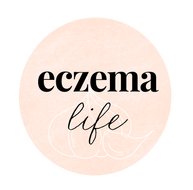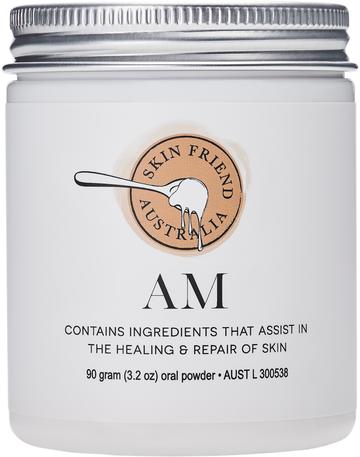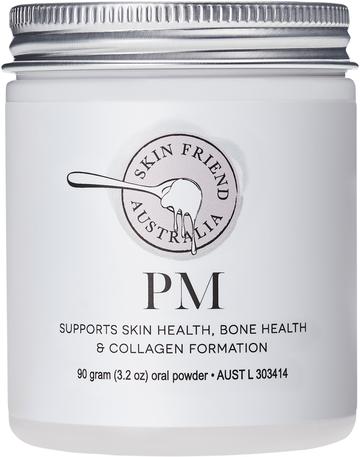Don't eat bread until you read this ...

With all the negative press bread receives it can be confusing to know which bread to choose (and if you should be eating it at all!). I chatted with hosts Sonia Kruger and David Campbell at Today Extra, Channel Nine Studios, to shed light on different types of breads and which ones are best for you and your family.
DAVID:
The humble loaf of bread used to be a basic household staple. There are now countless varieties that offer us everything from vitamins, to minerals, added fibre, and even lower carbs.
SONIA:
So, do the promises live up to the hype, or is it all just clever marketing? Here to put our bread under the microscope is nutritionist Karen Fischer.
Q1. Karen, white bread is often thought of as nutritionally void, but these days many types are offering all sorts of additional benefits. Are they really better for us?
KAREN: White breads with added fibre are a popular choice in many households but they don’t offer the best value, nutrition-wise, as they contain the wrong type of fibre. Although they are fortified with vitamins, they are still missing some essential minerals, including zinc and magnesium, which are removed during the refining process. Instead, choose wholegrain bread. Wholegrains have natural fibre and the vitamins, minerals and antioxidants are naturally present.
FYI: Breads with the terms multigrain don’t always mean they use wholegrain in their formula. When choosing multigrain, look for the word ‘kibbled’ which means (broken) grains of wheat, barley, oats or rye.
Q2. It seems everyone is trying to cut down on carbohydrates these days, and some breads now claim to be up to 40-percent lower in carbs. Are these a good choice for people watching their weight?
The market is full of unlikely claims about low carb versions of bread – all bread contains carbohydrates and that’s okay as carbohydrates can be good for you – if they are the right kind. Low-carb breads often contain more seeds, which means a higher fat content, which is fine but don’t be tricked into thinking you can eat more. Go for a low-GI bread instead; it will digest slowly so you’ll feel fuller for longer and so you’re less likely to overeat.
Q3. Gluten-free breads are popular with people trying to eat healthier. As a nutritionist, do you recommend those for the average Aussie family?
If you have a gluten intolerance, then gluten-free bread can be a healthy choice as part of a balanced diet. However, if you are simply ordering gluten free because you think it is healthier, be careful. Gluten gives breads it’s shape and sponginess, so when manufacturers take it out they often swap it for additives, like processed cornflour, to create a similar texture. This means you can end with a bread that has a higher glycemic index (GI) than regular wholegrain bread. My tip: choose gluten-free breads with visible seeds such as chia seeds or linseeds (also known as flaxseeds) as this will increase the health benefits and lower the GI.
Q4. Wraps are now taking up a huge part of the bread aisle. Should we be making the switch to those?
Wraps are highly processed and often loaded with preservatives. One wrap can also deliver more kilojoules than 2 pieces of bread. On top of that, wraps often contain higher levels of hydrogenated oils, otherwise known as trans fats – these oils are associated with increased risk of heart attack and heart disease. But the good news is you can choose healthy wraps, like the ones that are preservative-free, with visible seeds including chia and linseeds.
[Kids won’t budge? Read Healthy Family Happy Family for 101 ways to get your kids eating wholegrains and veggies - without having to disguise them. ]
FAQ: What is the difference between wholemeal and wholegrain?
Wholemeal is ground wholegrains which have been milled to a finer texture with most of the fibre still intact. However the glycemic index (GI) is often still high because some wholemeal breads contain a mixture of refined white flour.
Wholegrain includes the whole nutrient-rich grain which generally means a lower GI for slow digestion and satiety (feeling full). Common wholegrains used in bread include whole wheat, oats and rye. Regular consumption of wholegrain foods is linked to a reduction of several chronic health conditions such as; obesity, heart disease, diabetes and cancer, especially colon cancer. So it’s worth making the switch from white or wholemeal bread, to healthy wholegrain bread.
Bread tips for people with eczema and dermatitis:
If you wish to eat bread, choose breads to suit your allergies. My suggestions for people with eczema:
- Quality Spelt sourdough (if you are not gluten sensitive as spelt contains gluten). Real sourdough is low GI so it digests more slowly and helps you feel satisfied for longer.
- Check out the spelt flat bread recipe in The Eczema Diet book... it is super easy to make.
- Grainy gluten-free bread (with linseeds or chia seeds for omega-3), especially if gluten makes your eczema worse.
What about a bread-free diet?
It's totally fine to avoid eating bread. In fact many people feel better when they avoid bread and wraps. However, you still need quality wholegrain carbohydrates in your diet to avoid constipation, and cut your risk of bowel cancer and heart disease.
If you are on a bread-free diet, choose quality low GI wholegrain, gluten-free foods including gluten-free oats (or rolled oats if you are not on a gluten-free diet), red quinoa and low GI brown rice (Sunrice or Doongara). Two to three serves per day, along with five or more serves of vegetables is enough for bowel health (most vegetables are very low in carbs, with the exception of potatoes).
Here is the link to watch Bread Wars on Today Extra: https://www.9now.com.au/today/2016/clip-cikhasc5500b7dhnny63kencm (you'll need to sign up to Nine Network see the video - it's free)
Products
At Eczema Life, we recommend nutritionist Karen Fischer's low food chemical program (The Eczema Detox) along with additive-free supplements for skin health and wellbeing. Click on the images to view more details:
Photo L to R: David Campbell, Karen Fischer and Sonia Kruger





